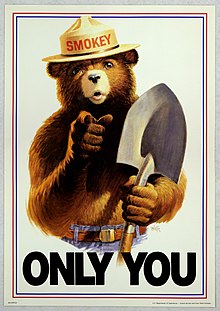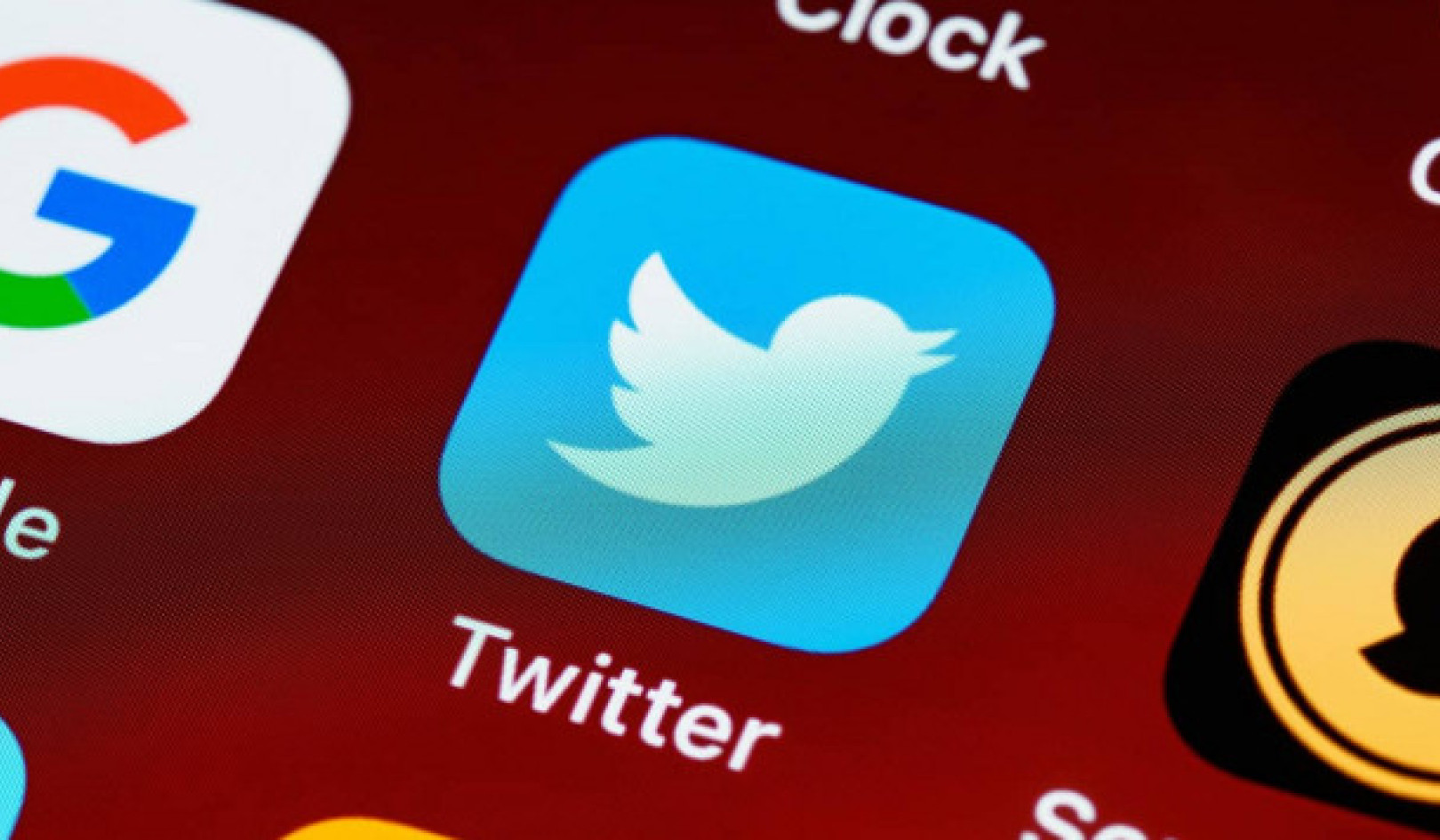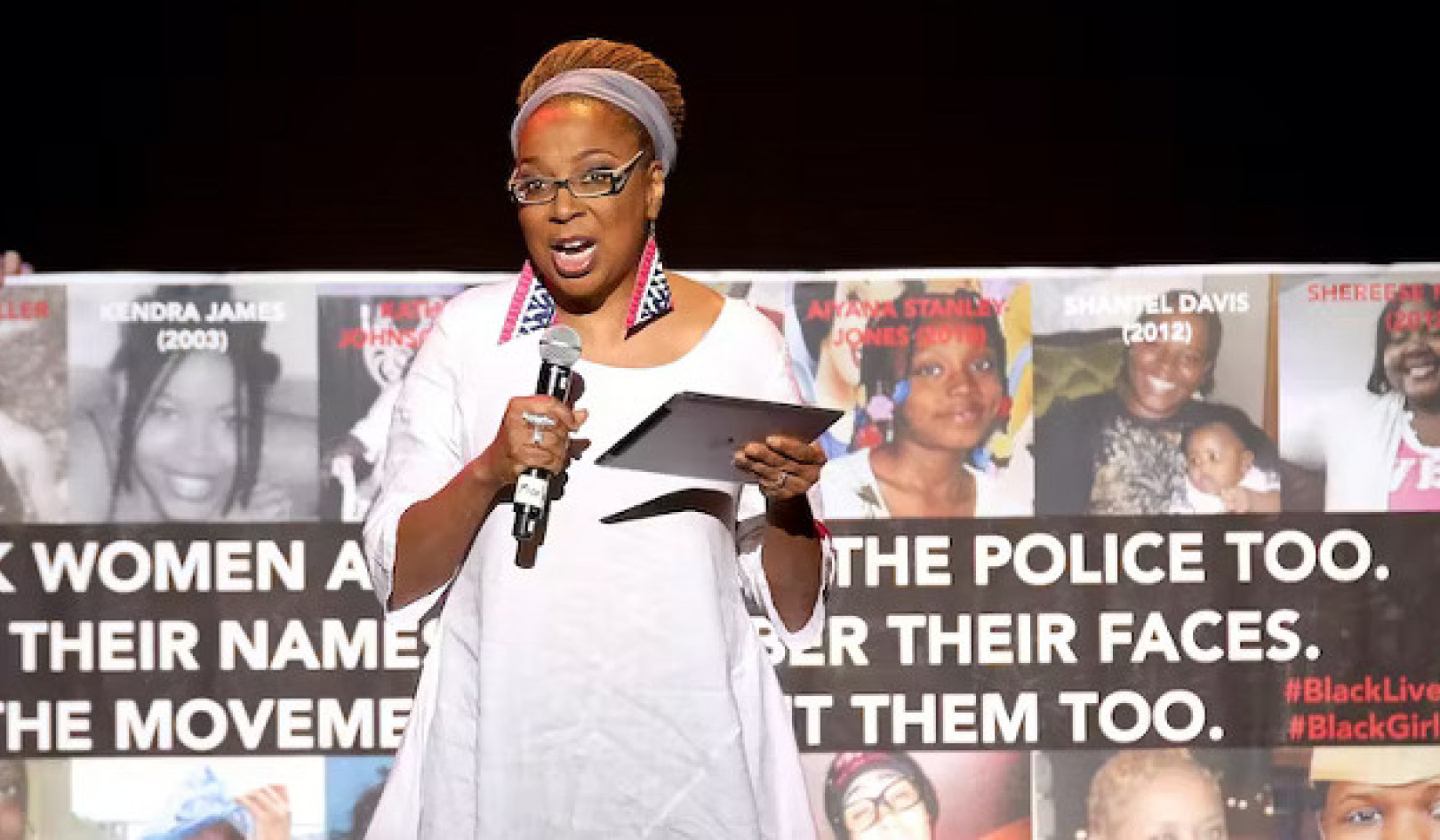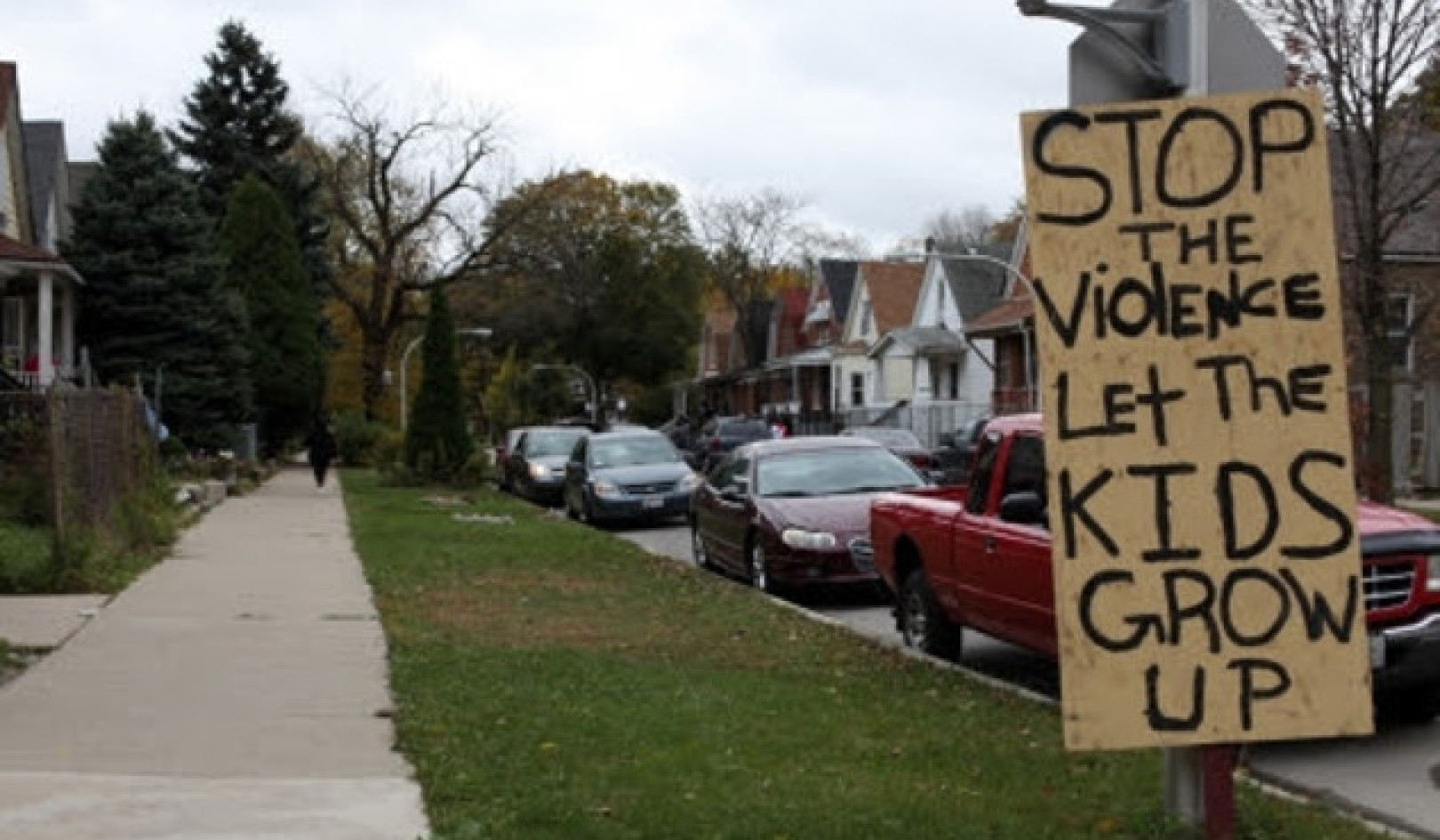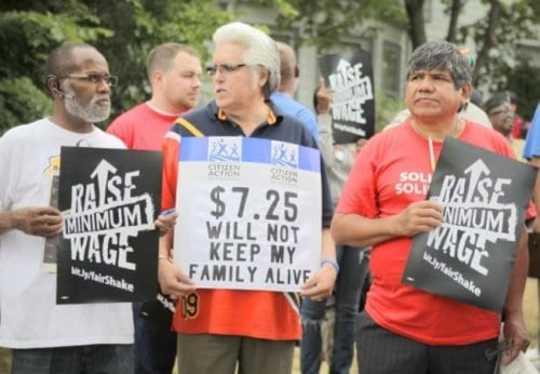
In such a world, a full-time minimum wage worker would be earning $48,000 a year in the United States.
If the minimum wage had kept pace with inflation since 1968, it would be close to $12 an hour today, more than 65 percent higher than the national minimum wage of $7.25 an hour. While this would make a huge difference in the lives of many people earning close to the national minimum wage, it is actually a relatively unambitious target.
Until 1968, the minimum wage not only kept pace with inflation, it rose in step with productivity growth. The logic is straightforward; we expect that wages in general will rise in step with productivity growth. For workers at the bottom to share in the overall improvement in society’s living standards, the minimum wage should also rise with productivity.
This is an important distinction. If the minimum wage rises in step with inflation, we are effectively ensuring that it will allow minimum wage earners to buy the same amount of goods and services through time, protecting them against higher prices. However, if it rises with productivity that means that as workers are able to produce more goods and services per hour, on average, minimum wage earners will be able to buy more goods and services through time.
While the national minimum wage did rise roughly in step with productivity growth from its inception in 1938 until 1968, in the more than five decades since then, it has not even kept pace with inflation. However, if the minimum wage did rise in step with productivity growth since 1968 it would be over $24 an hour today, as shown in the Figure below.
It is worth considering what the world would look like if this were the case. A minimum wage of $24 an hour would mean that a full-time full year minimum wage worker would be earning $48,000 a year. A two minimum wage earning couple would have a family income of $96,000 a year, enough to put them in the top quintile of the current income distribution.
It is worth noting the standard counter to the argument that the minimum wage should keep pace with productivity growth. It would be claimed that the productivity of minimum wage workers has not kept pace with average productivity growth, so that it would not be feasible for minimum wage workers to earn pay that rises in step with average productivity growth.
There is some truth to this claim, but only at a superficial level. The productivity of any individual worker is determined not just by their skills and technology, but also by the institutional structure we put in place. In a world without patent and copyright monopolies, the skills of bio-technicians and software designers would likely be much less valuable than they are today.
Similarly, the skills of experts in stock trading and designing complex financial instruments would have much less value if we had a financial transactions tax in place and allowed large banks to fail when their mistakes made them insolvent. And, the skills of doctors and other highly paid professionals would have much less value if our trade policy was as committed to subjecting them to international competition, as has been the case with auto and textile workers.
Lower pay for those at the top increases the real pay for those at the bottom and middle. A $15 an hour wage goes much further when all drugs are selling as low costs generics, the financial sector is not sucking 2 percent of GDP ($230 billion a year) out of the economy, and doctors get paid the same as their West European counterparts.
If the productivity of less-skilled workers has not kept pace with average productivity, this was by design. It was not the fault of these workers; it was the fault of those who designed policies that had the effect of devaluing their skills.
This raises a final point: we can’t imagine that we can just raise the minimum wage to $24 an hour without serious disruptions to the economy, many of which would have bad effects (i.e., unemployment) for those at the bottom. While there is certainly room to raise the minimum wage, and many states have done so with no measureable impact on employment, there clearly is a limit to how far and how fast we can go.
It is quite reasonable to have a target where the minimum wage returns to where it would be, if it had tracked productivity growth over the last 50 years. But we will have to reverse many of the institutional changes that have been put in place over this period to get there. This is where the sort of policies described in Rigged (it’s free) come in, but that is a much longer story.
About the Author
 Dean Baker is co-director of the Center for Economic and Policy Research in Washington, DC. He is frequently cited in economics reporting in major media outlets, including the New York Times, Washington Post, CNN, CNBC, and National Public Radio. He writes a weekly column for the Guardian Unlimited (UK), the Huffington Post, TruthOut, and his blog, Beat the Press, features commentary on economic reporting. His analyses have appeared in many major publications, including the Atlantic Monthly, the Washington Post, the London Financial Times, and the New York Daily News. He received his Ph.D in economics from the University of Michigan.
Dean Baker is co-director of the Center for Economic and Policy Research in Washington, DC. He is frequently cited in economics reporting in major media outlets, including the New York Times, Washington Post, CNN, CNBC, and National Public Radio. He writes a weekly column for the Guardian Unlimited (UK), the Huffington Post, TruthOut, and his blog, Beat the Press, features commentary on economic reporting. His analyses have appeared in many major publications, including the Atlantic Monthly, the Washington Post, the London Financial Times, and the New York Daily News. He received his Ph.D in economics from the University of Michigan.
Recommended Books
Getting Back to Full Employment: A Better Bargain for Working People
by Jared Bernstein and Dean Baker.
 This book is a follow-up to a book written a decade ago by the authors, The Benefits of Full Employment (Economic Policy Institute, 2003). It builds on the evidence presented in that book, showing that real wage growth for workers in the bottom half of the income scale is highly dependent on the overall rate of unemployment. In the late 1990s, when the United States saw its first sustained period of low unemployment in more than a quarter century, workers at the middle and bottom of the wage distribution were able to secure substantial gains in real wages.
This book is a follow-up to a book written a decade ago by the authors, The Benefits of Full Employment (Economic Policy Institute, 2003). It builds on the evidence presented in that book, showing that real wage growth for workers in the bottom half of the income scale is highly dependent on the overall rate of unemployment. In the late 1990s, when the United States saw its first sustained period of low unemployment in more than a quarter century, workers at the middle and bottom of the wage distribution were able to secure substantial gains in real wages.
Click here for more info and/or to order this book on Amazon.
The End of Loser Liberalism: Making Markets Progressive
by Dean Baker.
 Progressives need a fundamentally new approach to politics. They have been losing not just because conservatives have so much more money and power, but also because they have accepted the conservatives' framing of political debates. They have accepted a framing where conservatives want market outcomes whereas liberals want the government to intervene to bring about outcomes that they consider fair. This puts liberals in the position of seeming to want to tax the winners to help the losers. This "loser liberalism" is bad policy and horrible politics. Progressives would be better off fighting battles over the structure of markets so that they don't redistribute income upward. This book describes some of the key areas where progressives can focus their efforts in restructuring the market so that more income flows to the bulk of the working population rather than just a small elite.
Progressives need a fundamentally new approach to politics. They have been losing not just because conservatives have so much more money and power, but also because they have accepted the conservatives' framing of political debates. They have accepted a framing where conservatives want market outcomes whereas liberals want the government to intervene to bring about outcomes that they consider fair. This puts liberals in the position of seeming to want to tax the winners to help the losers. This "loser liberalism" is bad policy and horrible politics. Progressives would be better off fighting battles over the structure of markets so that they don't redistribute income upward. This book describes some of the key areas where progressives can focus their efforts in restructuring the market so that more income flows to the bulk of the working population rather than just a small elite.
Click here for more info and/or to order this book on Amazon.
*These books are also available in digital format for "free" on Dean Baker's website, Beat the Press. Yea!
Remember Your Future
on the 3rd of November
Learn about the issues and what's at stake in the November 3, 2020 US Presidential election.
Too soon? Don't bet on it. Forces are conniving to stop you from having a say in your future.
This is the big one and this election may be for ALL the marbles. Turn away at your peril.
Only You Can Prevent 'Future' Theft
Follow InnerSelf.com's
"Remember Your Future" coverage
Books on Inequality from Amazon's Best Sellers list
"Caste: The Origins of Our Discontents"
by Isabel Wilkerson
In this book, Isabel Wilkerson examines the history of caste systems in societies around the world, including in the United States. The book explores the impact of caste on individuals and society, and offers a framework for understanding and addressing inequality.
Click for more info or to order
"The Color of Law: A Forgotten History of How Our Government Segregated America"
by Richard Rothstein
In this book, Richard Rothstein explores the history of government policies that created and reinforced racial segregation in the United States. The book examines the impact of these policies on individuals and communities, and offers a call to action for addressing ongoing inequality.
Click for more info or to order
"The Sum of Us: What Racism Costs Everyone and How We Can Prosper Together"
by Heather McGhee
In this book, Heather McGhee explores the economic and social costs of racism, and offers a vision for a more equitable and prosperous society. The book includes stories of individuals and communities who have challenged inequality, as well as practical solutions for creating a more inclusive society.
Click for more info or to order
"The Deficit Myth: Modern Monetary Theory and the Birth of the People's Economy"
by Stephanie Kelton
In this book, Stephanie Kelton challenges conventional ideas about government spending and the national deficit, and offers a new framework for understanding economic policy. The book includes practical solutions for addressing inequality and creating a more equitable economy.
Click for more info or to order
"The New Jim Crow: Mass Incarceration in the Age of Colorblindness"
by Michelle Alexander
In this book, Michelle Alexander explores the ways in which the criminal justice system perpetuates racial inequality and discrimination, particularly against Black Americans. The book includes a historical analysis of the system and its impact, as well as a call to action for reform.



